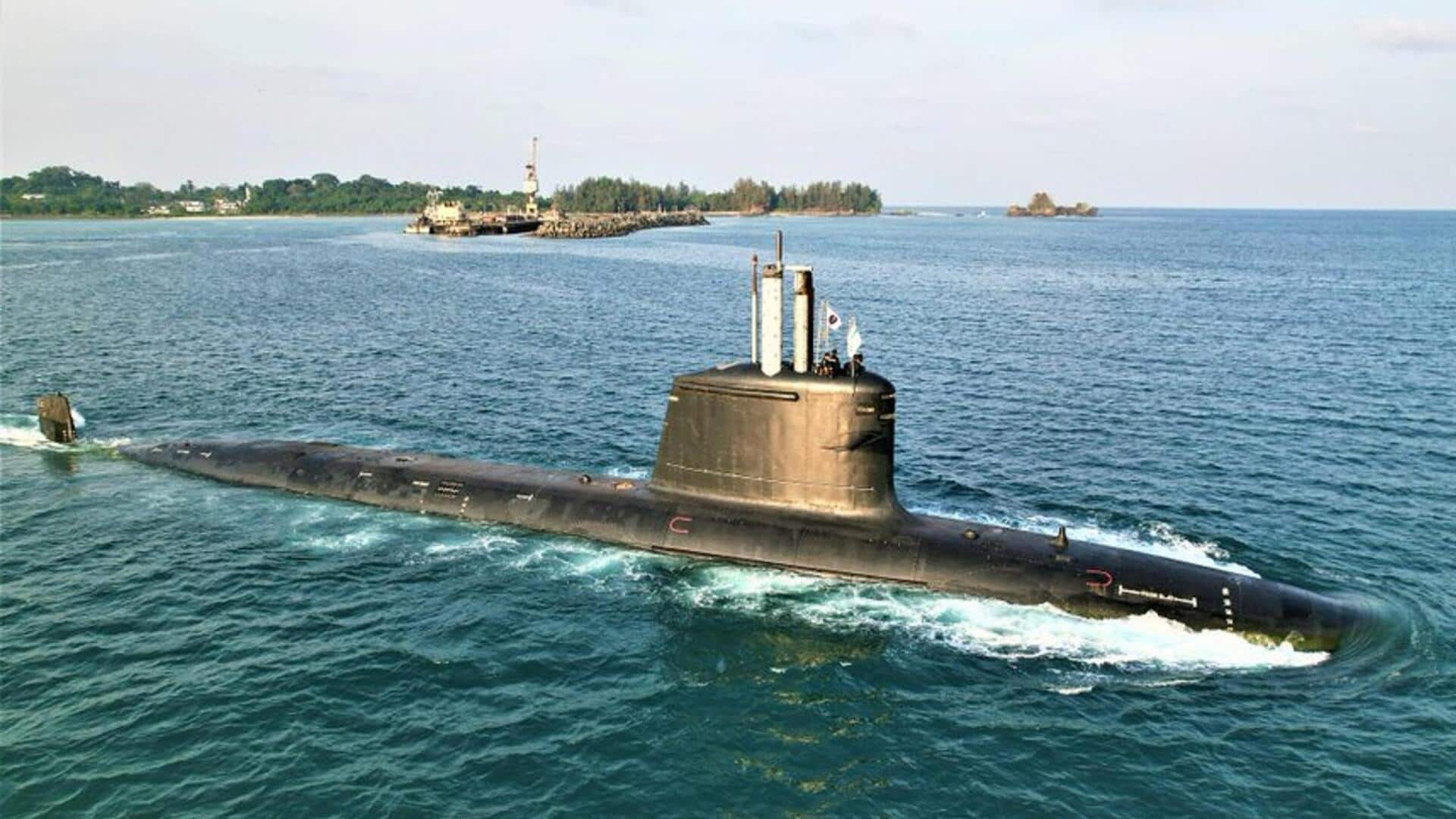
India, Australia sign major defense deal to enhance undersea monitoring
What's the story
India and Australia have signed a major defense agreement to strengthen their undersea surveillance capabilities. The deal was announced by the Australian Department of Defence on Thursday. It marks the first science and technology project agreement between Australia's Defense Science and Technology Group (DSTG) Information Sciences Division and India's Defense Research and Development Organization's (DRDO) Naval Physical and Oceanographic Laboratory.
Strategic collaboration
Agreement focuses on detection, tracking of submarines, vehicles
The agreement establishes a three-year partnership focused on improving the detection and tracking of submarines and autonomous underwater vehicles. The project will involve work on "Towed Array Target Motion Analysis" to enhance the reliability, efficiency, and interoperability of existing surveillance capabilities for both countries. This comes as Australia has been bolstering its undersea capabilities amid growing Chinese maritime activities in the Indo-Pacific region.
Technical insight
What is Target Motion Analysis?
Amanda Bessell from Australia's DSTG's Information Sciences Division explained that Target Motion Analysis is a collective term for target tracking algorithms developed to estimate the state of a moving target. "Target Motion Analysis is the crucial element in maintaining platform situational awareness, when a passive mode of operation is required," she said. This technique will be used to improve the performance of existing surveillance systems between India and Australia.
Technological advancement
Towed array to help with situational awareness
Sanjeev Arulampalam, a senior researcher at DSTG, explained that a towed array is a long linear array of hydrophones towed behind a submarine or surface ship on a flexible cable. He said, "We need to harness the best minds in innovation, science, and technology to build new capabilities." The combination of Target Motion Analysis with the towed array system aims to manage noise corruption and explore possible performance improvements.
Research collaboration
The project will test novel algorithms
The three-year India-Australia project will test novel algorithms by leveraging the strengths and shared knowledge of both countries."The project arrangement will involve the sharing of ideas, investigation trials, algorithm demonstrations, and performance analysis," Arulampalam said. Suneel Randhawa from DSTG's Information Sciences Division added that "the output of this research program has the potential to guide the development of future algorithmic directions for our undersea combat system surveillance technologies."